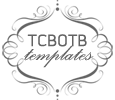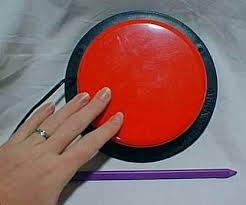I can still remember
beginning this blog thinking, oh dear, what on earth is UDL!? How far I’ve come! I’ve thoroughly enjoyed
learning more about assistive technology, how to use it, how to pick and tailor
it to my students and also about myself.
I discovered I had more thoughts and opinions on this subject matter
than I had initially realized. I also
discovered how necessary this topic is to learn about! I look forward to furthering my own knowledge
for my students and implementing new and exciting resources or devices I find
into my classroom. Not to mention,
sharing and dialoguing more with colleagues.
When I first began posting it
was hard for me to put my thoughts together and onto the blog. As the course continued on however, I found
my knowledge of the material truly building and starting to click. Learning about the devices, for example, and
then even being able to try such as Clicker Docs for my students with auditory
and writing difficulties was fantastic.
I enjoyed being able to research and discover new and easy to manage
tools, such as break cards of various forms.
My peers introduced me to new devices as well and helped to solidify
classroom content. As I begin the IEP
process with an actual student, I’m
paying close attention to needs and rights of the child as well as how I can
fit in these assistive technology devices to better help him. I’ve
been developing different writing centers in our class that I suppose you could
say fall into UDL, as these devices better everyone in the class and don’t just single out to help one
student. Overall it’s been an incredible learning
experience that I know truly has just begun.
I look forward to exploring more and making my classroom better for all
individuals who enter.






